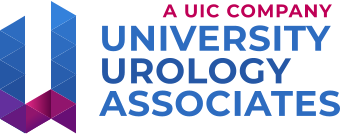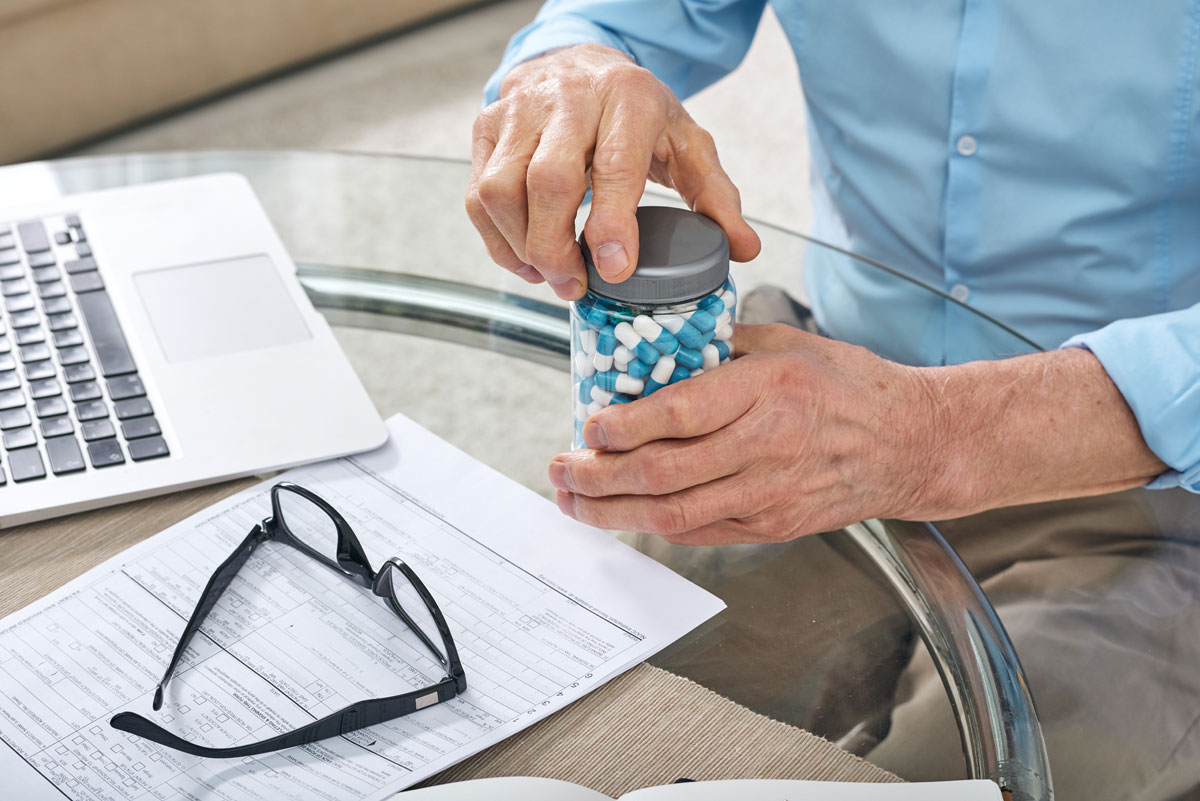A closer look at Rezūm, iTind, and Optilume: three minimally invasive options for enlarged prostate
Most of our BPH patients have already been on medication for some time. Many are getting tired of the idea that this will be a lifelong necessity. Others are frustrated by side effects like dizziness, fatigue, loss of libido, or sexual dysfunction. And for some men, the medication simply never worked to alleviate their symptoms.
The good news is that medications aren’t the only option. At University Urology Associates, we offer three minimally invasive treatments designed to directly address the obstruction caused by an enlarged prostate: Rezūm, iTind, and Optilume.
This article takes a closer look at how each works, what recovery looks like, and which men may benefit most.
Rezum (Water Vapor Therapy)
Rezūm uses the natural energy stored in steam to shrink excess prostate tissue. During the procedure, we pass a cystoscope — a thin, gun-like instrument — through the urethra to the level of the prostate. At short intervals, the device delivers small bursts of water vapour directly into the obstructing tissue.
The vapour quickly disperses within the prostate and causes the treated cells to break down. Over the following weeks, the body naturally reabsorbs this tissue, opening the urinary channel and improving flow.
Procedure
Performed under local anesthesia at our Out-of-Hospital Premises (OHP) operating room, certified and licensed by the College of Physicians and Surgeons.
Recovery
A catheter is typically required for several days. Symptom improvement builds gradually over several weeks.
Best For
Men with moderate prostate enlargement who want a treatment that directly reduces tissue without surgery.
iTind (Temporary Implant)
The iTind procedure relies on a small, self-expanding nitinol device that is temporarily placed inside the prostate. Inserted using a cystoscope, the iTind sits in place for 5–7 days. During this time, its three struts gently expand and reshape the opening of the urethra by applying pressure in specific areas.
Once the device is removed under local anaesthesia, the urethra remains wider, improving urine flow without permanently removing or destroying tissue. Because of its tissue-sparing approach, iTind is also associated with a low risk of sexual side effects.
Procedure
Both insertion and removal are done at our certified OHP facility.
Recovery
Minimal downtime, no permanent implant. Improvements usually begin within weeks.
Best For
Men who want a reversible option, often younger patients or those particularly concerned about sexual side effects.
Optilume (Drug-Coated Balloon)
Optilume combines balloon dilation with a drug coating to restore urine flow and reduce the chance of re-narrowing. A small balloon catheter is guided through the urethra to the area of blockage. Once in place, the balloon is inflated, mechanically widening the channel. At the same time, it delivers paclitaxel, a medication that prevents scar tissue from reforming and keeps the urethra open longer.
The treatment is completed in a single session and does not leave any implant behind. Many men notice improved flow within weeks, with durable results over time.
Procedure
A single treatment, performed under local anesthesia in our certified OHP operating room.
Recovery
Most men return to normal activity quickly. A catheter may be needed for a short time.
Best For
Men with BPH, strictures or recurrent blockage who want durable relief and less chance of re-narrowing.
Comparing the Options at a Glance
|
Treatment |
How It Works |
Time to Symptom Relief |
Catheter? |
Best For |
|
Rezūm |
Water vapour reduces excess tissue |
Gradual, over weeks |
Yes, several days |
Moderate prostate enlargement |
|
iTind |
Temporary implant reshapes urethra |
Weeks |
No (device removed after 5-7 days) |
Men seeking reversible, tissue-sparing option |
|
Optilume |
Balloon + medication prevents re-narrowing |
Weeks |
Short duration |
Men with enlarged prostate, strictures, or recurrent blockage |
Which Option Is Right for You?
The choice between Rezūm, iTind, and Optilume depends on several factors: prostate size, anatomy, personal preferences, and lifestyle priorities. At UUA, our role is to carefully evaluate each patient and recommend the treatment most likely to provide lasting symptom relief with the least disruption to daily life.
If you’re ready to move beyond medications and explore a minimally invasive solution for enlarged prostate, we encourage you to book a consultation with University Urology Associates. Together, we’ll determine which treatment option best fits your needs.
Take our Lifestyle Priority Quiz to see if it makes sense for you to pursue minimally invasive treatments for your enlarged prostate.

